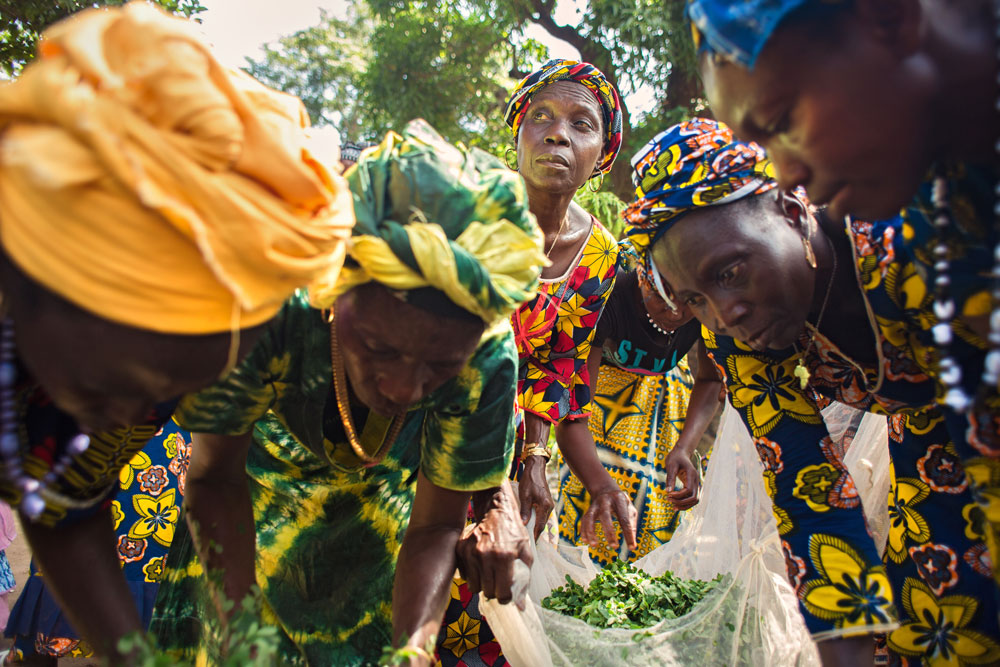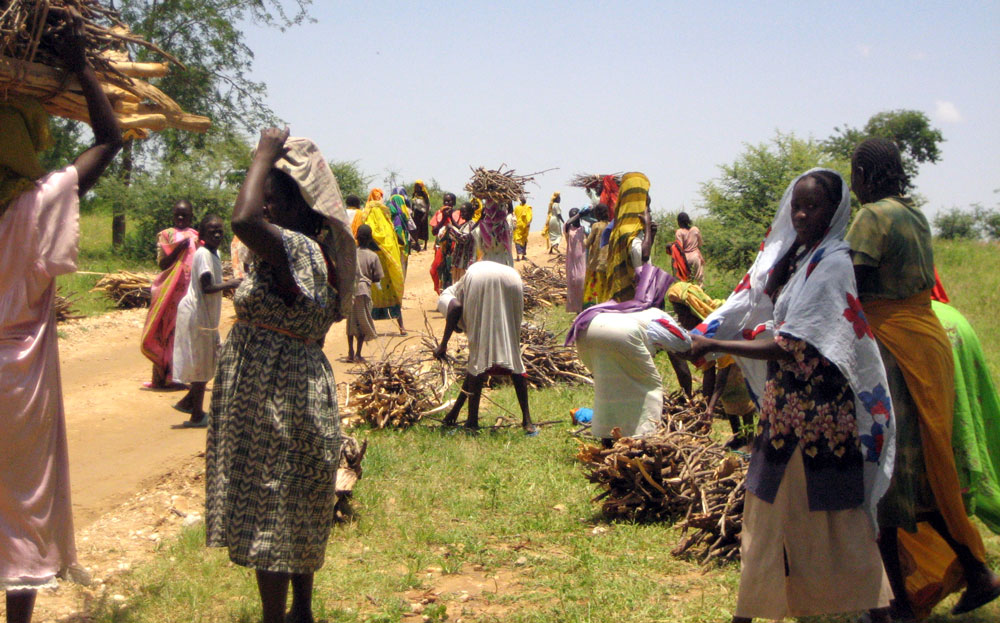Land use diversification is often promoted as solution to the pressures of increasing global demand for land and food. Moreover, the proponents of multifunctional landscapes often claim the approach is highly beneficial for women. But is it always? And if yes, what do these benefits entail?
It is fair to say that when carefully designed and managed, multifunctional landscapes such as agroforestry, homegardens or integrated cropping systems, can respond to climate change mitigation and adaptation while enhancing food security. However, it doesn’t mean that the products and services they provide benefit everyone equally in terms of rights, access and power over decision making.
Lisa Westholm (SLU) and Madelene Ostwald (Chalmers), both members of the Focali research network, sat out to find what the scientific literature has to say about the dynamics between gender relations, food security and access to resources in multifunctional landscapes. The results of their exploration, conducted as part of the AgriFoSe2030 program, are presented in a recent review paper published in the Agroforestry Systems journal.
”We realized that there is not much data specifically on women in these systems. From the first scanning of the literature, we didn’t ‘drown’ in the material we found on this matter,” says Madelene Ostwald.
Gender can be described as social roles and identities associated with what it means to be a man or a woman in a given socio-economic context. We produce gender roles and assign them meaning in relation to each other, so they should be analyzed accordingly. But, when it comes to food production and multifunctional landscapes, the research focus is not usually disaggregated by gender. And because in most of these contexts gender norms and power relations are often tilted in favor of the men, focusing on women can therefore help painting a more complete picture.
The review of 104 scientific articles dealing with food production and food security in multifunctional land use systems across Africa, Asia and Latin America found that this body of scientific literature rarely focuses on women’s opportunities to enhance food security. Furthermore, the review showed that products controlled by women in a multifunctional landscape’ setting are often considered as secondary with low market value, and therefore may be ignored in decision-making or by policy makers.
Multifunctional systems generate various outputs, making it possible to produce for several value chains. So, there should be enough opportunities for both men and women. This way, women could take control over some of the outputs and earn a better income.
“Given the many outputs, multifunctional systems open up more opportunities for women. And studies also show that women sometimes work with other kinds of capital than money, like trading eggs for milk, for example,” says Ostwald.
However, according to Madelene Ostwald, the literature has plenty of evidence that if something has a price-tag, like wood for example, it’s controlled by the men. Several examples show that even though men are not traditionally responsible for collecting wood for household use, they tend to take over all or parts of the value chain when wood is commercialized.

